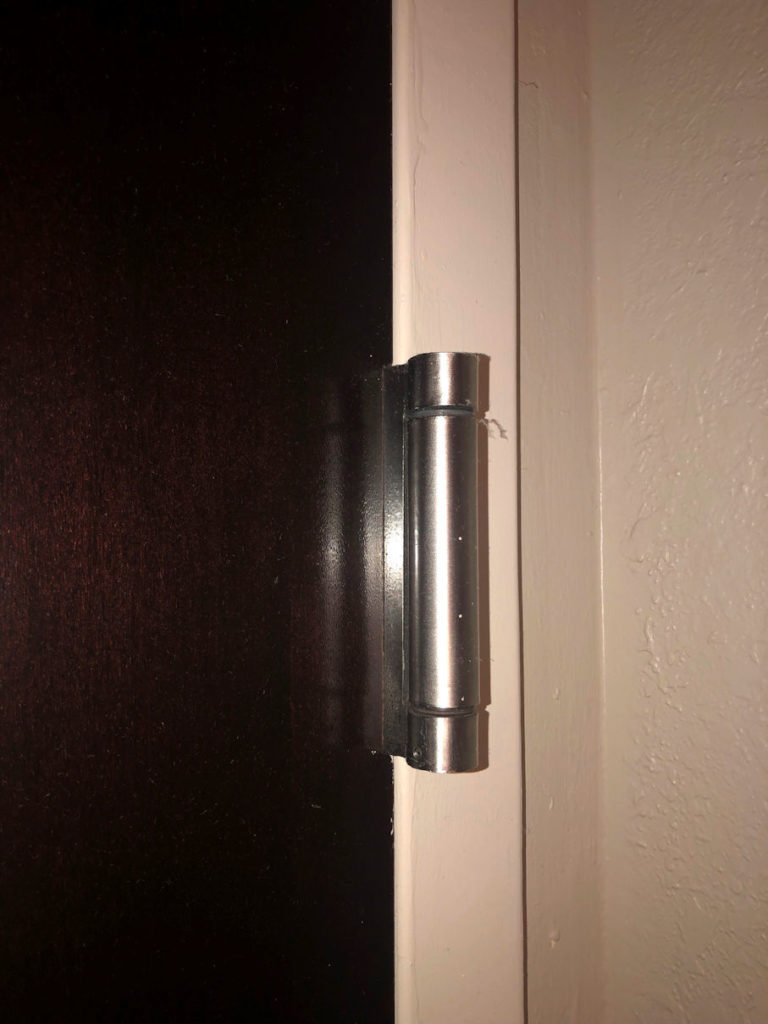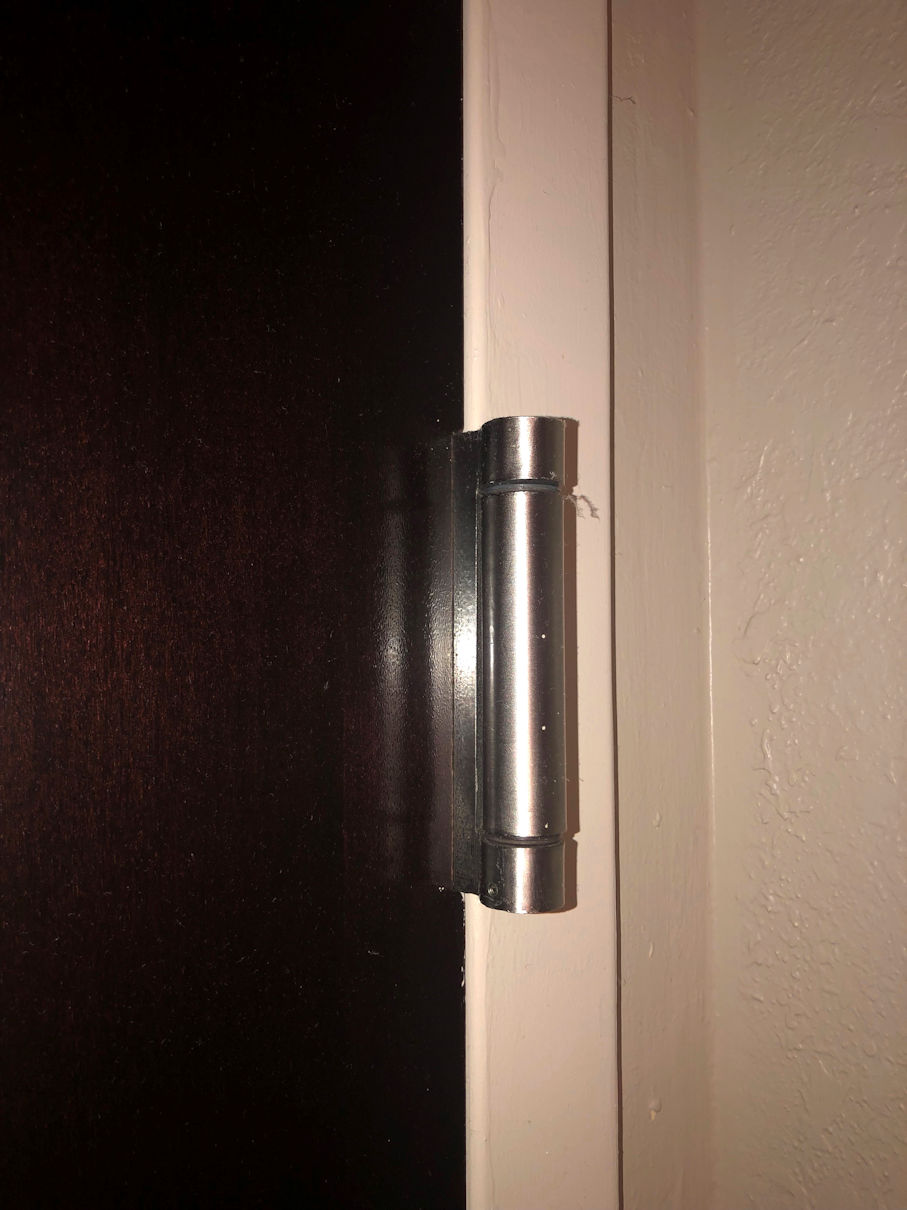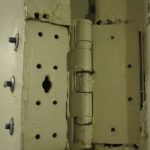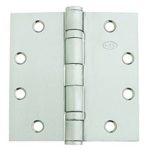 Last week’s Quick Question was about spring hinges on fire doors larger than 3′-0″ x 7′-0″, and the post raised a couple of other questions. One was related to the allowable closing speed for doors on an accessible route. The maximum closing speed is found in the accessibility standards, both the ADA Standards for Accessible Design and ICC A117.1 – Accessible and Usable Buildings and Facilities.
Last week’s Quick Question was about spring hinges on fire doors larger than 3′-0″ x 7′-0″, and the post raised a couple of other questions. One was related to the allowable closing speed for doors on an accessible route. The maximum closing speed is found in the accessibility standards, both the ADA Standards for Accessible Design and ICC A117.1 – Accessible and Usable Buildings and Facilities.
For doors equipped with door closers, the minimum closing time allowed by the accessibility standards is 5 seconds for the door to close from the 90-degree position to 12 degrees. Because door closers incorporate one or more large springs to provide the closing force, along with fluid and valves to control the speed, a door closer adjusted to meet the accessibility standards can typically close and latch the door reliably. This video from LCN explains how a door closer works.
I mentioned in the previous post that in general, spring hinges do not provide the same level of control that a door closer will, as spring hinges rely on a small spring and the momentum of the moving door. It would be difficult or impossible for a door with spring hinges to close in less than 5 seconds and reliably latch the door. Because of this, the accessibility standards include a different closing speed for doors with spring hinges vs. doors with closers:
Door and gate spring hinges shall be adjusted so that from the open position of 70 degrees, the door or gate shall move to the closed position in 1.5 seconds minimum.
The bottom line is that labeled spring hinges are acceptable to use on fire doors, and are also allowed by the accessibility standards as long as they don’t close the door in less than 1.5 seconds. However, I stand by the concerns I previously expressed regarding the reliability of spring hinges over time. As we saw in last year’s fire in the Bronx apartment building where 17 people lost their lives, it is crucial for fire doors to be closed and latched during a fire. If spring hinges are installed on fire doors, close attention must be paid to whether adjustments are needed in order to ensure that they are closing and latching the door properly throughout the life of the assembly.
You need to login or register to bookmark/favorite this content.










Lori,
Is the following statement located within the code as I have been unable to locate it? From your above article… “Door and gate spring hinges shall be adjusted so that from the open position of 70 degrees, the door or gate shall move to the closed position in 1.5 seconds minimum.”
In NFPA 80 – A6.4.1.4, it states that “Spring hinges should be adjusted to achieve positive latching when allowed to close freely from an open position of 30 degrees.”
There is a big difference between 70 degrees and 30 degrees. Trying to make sense of both statements.
Lori,
I would like to discuss this blog in more detail. Any chance you would have a few minutes at DHI Connextions – BOSTON?
Of course! I’ll see you in class on Wednesday morning or in the Allegion booth! 🙂
– Lori